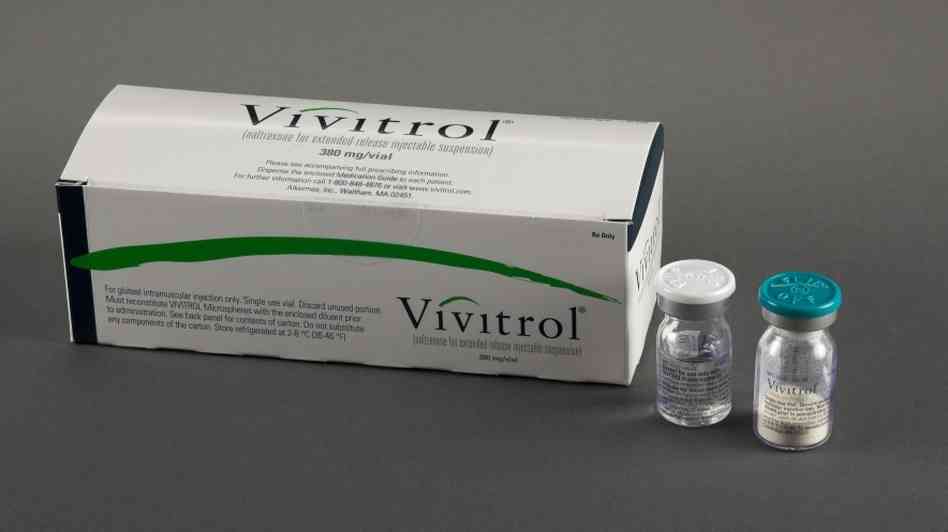5 things to know about vivitrol

Dr. Sarah Church, a clinical psychologist and executive director of Wholeview Wellness® in New York, shares important details about Vivitrol.
1) It requires full detoxification to use: “You have to fully taper off opiates to get on Vivitrol. Every day has to be opiate-free for between five to 10 days. If you can’t tolerate that, Vivitrol is not a good option for you. Buprenorphine, (also called Suboxone), can be initiated without going through detoxification. It only requires that you wait until withdrawal symptoms begin, and then it can be given as a rescue medication.”
2) Accessibility is a problem: “Many doctors are not equipped to administer it. Usually, you need to look for an addiction psychiatrist or internist. It’s an injection, and not all physicians are comfortable administering it. You have to seek out someone who is able to administer it. Alkermes has a website that lists providers who offer it in their medical practice.”
3) It’s different from Narcan: “Vivitrol is a long-lasting medication. Narcan is short acting. They’re in the same category in that they are both opioid antagonists, they both block opioid receptors, but Narcan only lasts for an hour or two and Vivitrol lasts a month. Narcan is a rescue medication that is frequently used for people who overdose.”
4) The research is clear: “The FDA approved Vivitrol to treat opioid-dependent patients in 2010. Studies show that people addicted to opioids more than halve their risk of dying due to their use of opioids if they stay on maintenance medication. The most recent study showing that Vivitrol is effective was through the Clinical Trials Network at the National Institute on Drug Abuse.”
5) It’s not just replacing one drug with another: “If you’re taking it as prescribed by a doctor, it’s medicine. It’s part of your recovery. My personal opinion is that people should try to take it for six months to a year. But it really depends on how stable they are in their recovery, what their support network looks like and if they are still having cravings. It’s a decision the patient and their medical providers need to make collaboratively.”